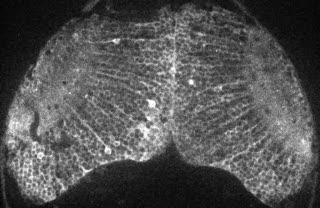"In the future, we can interpret an animal's behavior, including learning and memory, fear, joy, or anger, based on the activity of particular combinations of neurons," Kawakami said.
By monitoring neuronal activity in the zebrafish brain, Kawakami thinks that researchers may also be able to screen chemicals that affect neuronal activity in the brain. "This has the potential to shorten the long processes for the development of new psychiatric medications," he said.
